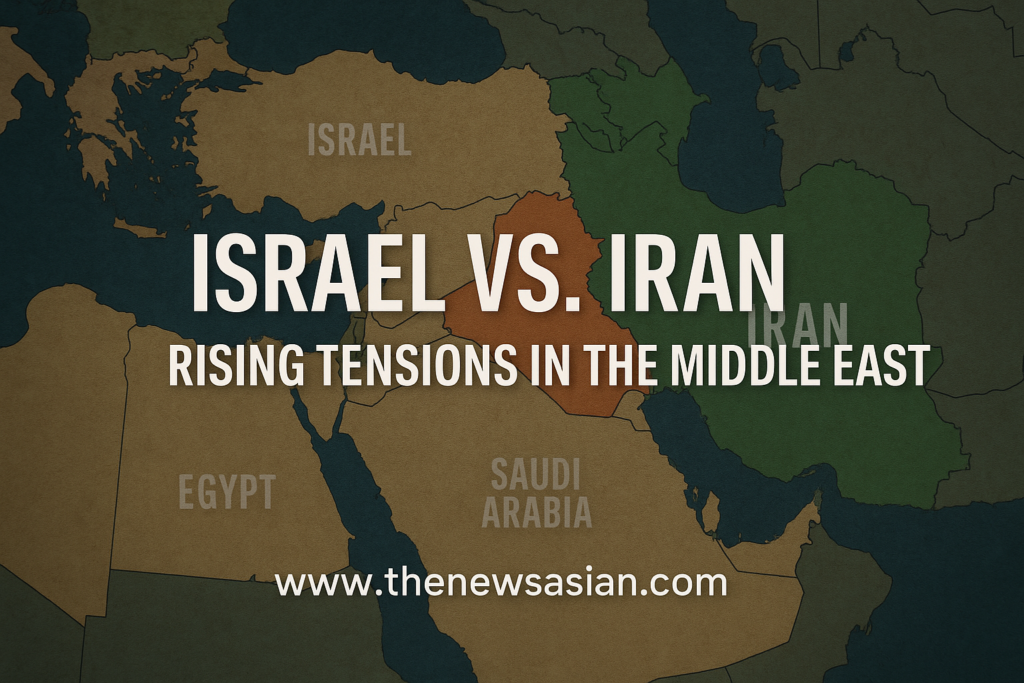By: International Affairs Desk
Tel Aviv / Tehran — The long-simmering conflict between Israel and Iran has entered a new and dangerous phase, with a recent series of military escalations and cyberattacks sparking concerns of a broader regional war.
🛩️ Drone Strikes and Air Raids Intensify
Over the past week, Israeli fighter jets have conducted multiple air raids on targets in Syria and Iraq, reportedly striking Iranian military infrastructure and weapons depots. Israel has accused Iran and its allied militias of using these regions to stage attacks against Israeli and Western interests.
In response, Iran’s Revolutionary Guard confirmed it has launched retaliatory drone operations targeting Israeli military positions near the Golan Heights. While official casualty figures remain limited, regional observers confirm rising civilian and military tolls on both sides.
🖥️ Cyberattacks and Digital Warfare Surge
Both nations have also stepped up cyber offensives. Iran-linked hackers disrupted Israeli water systems earlier this month, while Israeli cyber units allegedly crippled parts of Iran’s national rail network and government servers. These digital strikes mark an intensification of the shadow war long waged between the two powers.
☢️ Nuclear Fears Renewed
Iran’s latest uranium enrichment activity—now reportedly exceeding 80% purity—has reignited international alarm. Israeli officials warn that Iran is rapidly approaching “military-grade” nuclear capability, prompting fresh debates over potential preemptive action.
Israeli Prime Minister Yair Shaked stated on Monday, “We will not allow a nuclear Iran. Every option is on the table.” Tehran dismissed the rhetoric as “Zionist aggression,” but Western diplomats confirm nuclear negotiations have collapsed.
🌍 Global Reactions & Diplomatic Stalemate
The United States has deployed additional naval assets to the Persian Gulf, urging restraint. UN Secretary-General António Guterres has called for immediate de-escalation and a return to talks.
Oil markets have responded sharply to the conflict, with Brent crude prices spiking by over 4% amid fears of supply disruption.
🔮 What’s Next?
With proxy conflicts raging in Lebanon and Yemen, and political hardliners on both sides escalating rhetoric, analysts warn that a full-scale confrontation is now more likely than ever.
The coming days may determine whether diplomacy can prevail—or whether the Middle East slides into another devastating war.
📍 For continuous updates, follow www.thenewsasian.com
📰 This report is part of our special Middle East Crisis Coverage.
